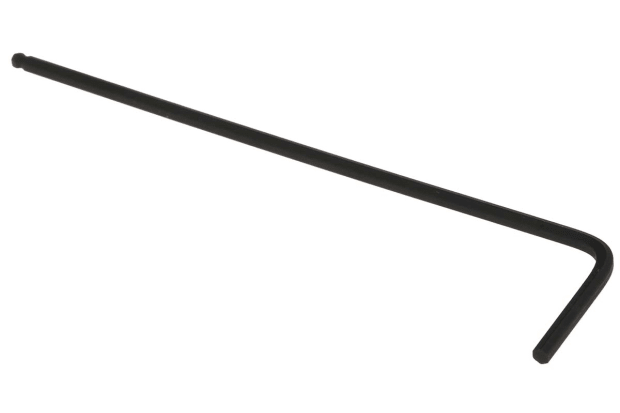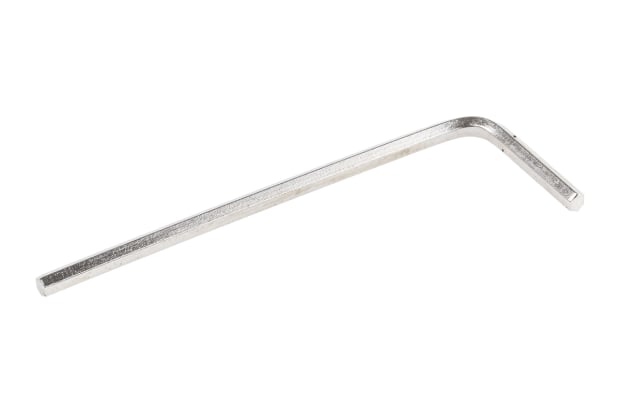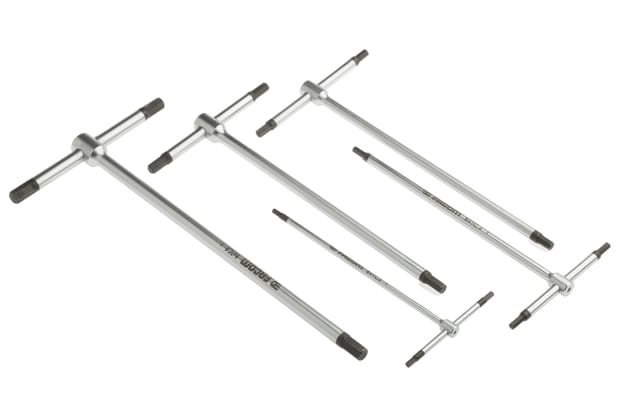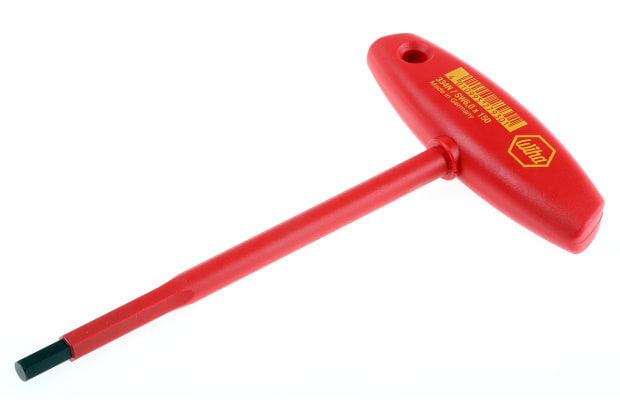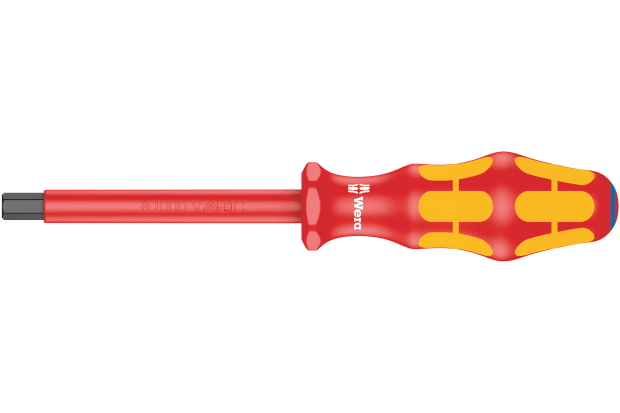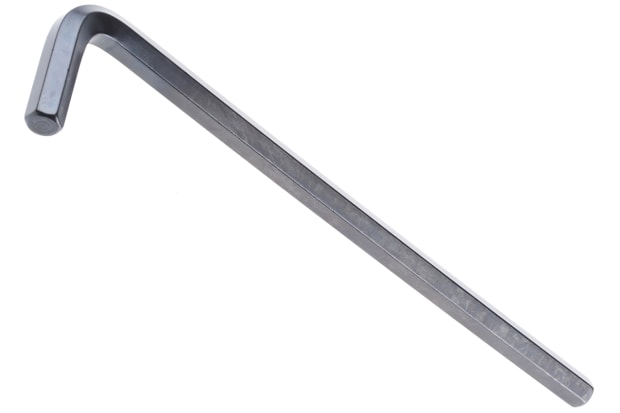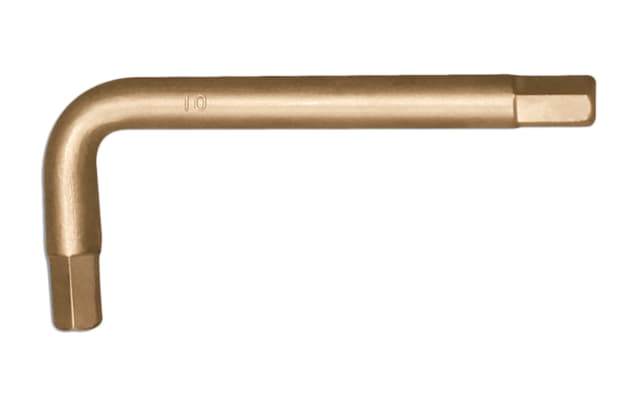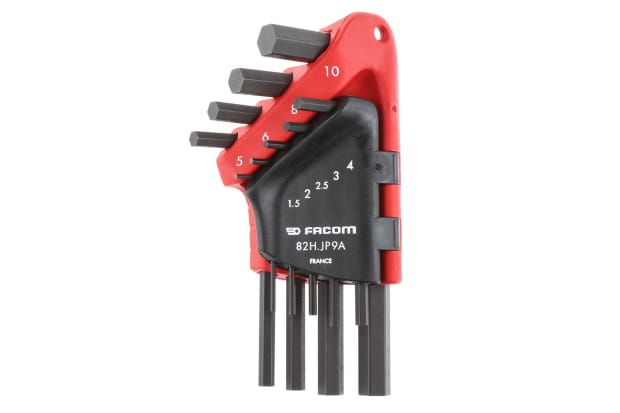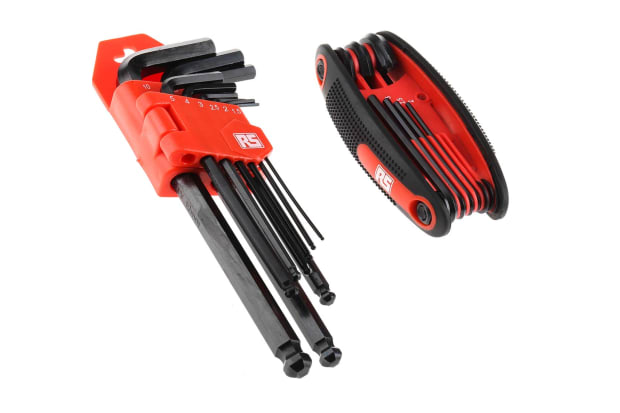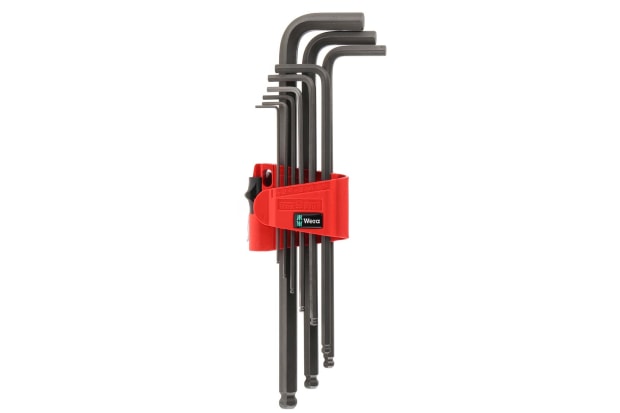- Published 24 Apr 2024
- Last Modified 24 Apr 2024
- 14 min
The Complete Guide to Hex Keys
This guide looks at what hex keys are, how they’re used and what sets are currently available on the market for a range of job and project requirements.

What are hex keys?
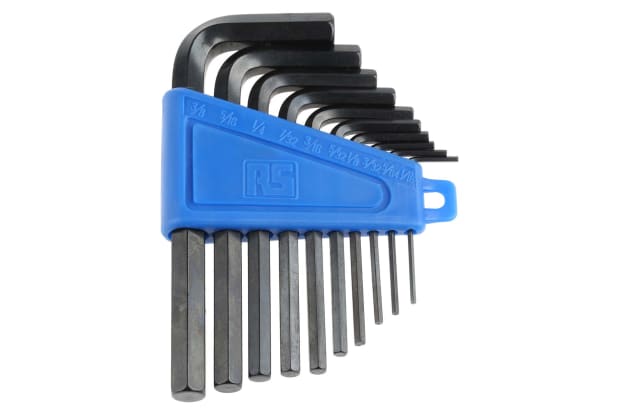
Hex keys, commonly known as Allen keys/wrenches, are a very simple hand tool of the general spanner and socket family, used for tightening and loosening hexagonal bolts and other compatible fasteners. Hex keys are most often encountered as a single piece of steel formed into a small L-shape, although there are a number of variations on this basic format available to buy from many different manufacturers and suppliers.
Hex keys or Allen wrenches are basic and highly versatile fastening/driving tools, which is largely why they’re so very widely used across an extensive array of applications and product categories today. Most professional or hobbyist DIY enthusiasts - indeed, anyone who owns a reasonably well-stocked toolbox of any kind - will more than likely have a few different sizes of hex keys (or possibly even complete hex key sets) knocking around in it somewhere.

In fact, their use is now so widespread that the inclusion of a free hex key with flat-pack furniture, bicycles and other products requiring quick straightforward assembly is now an extremely common practice (although, unsurprisingly, the quality of such giveaway tools is often very questionable). A solid, high quality hex wrench or Allen key set will potentially last many years and prove useful time and time again, whereas lower-grade ‘freebie’ tools are much more likely to be severely limited in both their adaptability to other tasks and overall longevity in frequent use.
In this guide, we’ll look at some of the basic types of hex keys available to buy on the current market, as well as assessing the relative pros and cons of each, and offering a few pointers towards best practice when it comes to successful hex key sizing choices and uses.
Types and shapes of hex key
There are numerous Allen key types sold on today’s market, many of which adhere very closely to the fundamental early design blueprint. However, some manufacturers do offer additional features or design flourishes, intended as an update to the basic model of a one-piece, hexagonal shaft steel tool. Depending on the brand or supplier, these might include slightly more exotic versions of the simple hex wrench, such as:
Straight hex keys
Ball end hex keys
For the most part, however, you’ll likely be choosing between just one or two notable variants on the classic Allen key design format to cover you for more or less any scenario, By far the most popular of these variants are T-handle hex keys and ball end hex keys, each of which we’ve outlined in more detail below. They are a more flexible tool overall, but these wrenches tend to be considerably more expensive than the basic L-shape Allen key; whether or not this would prove a cost-effective option for you will depend on how often you need to use the tool, and in what sorts of applications.
T-handle hex keys
Hex key sets with T-handles are especially popular with mechanics and automobile enthusiasts, thanks in part to the fact that the T-handle Allen wrench offers certain user luxuries that standard hex keys don’t.
In particular, the T-handle design provides a more comfortable grip than the standard L-shaped hex key, but importantly it can also allow for significantly increased torque (provided the gauge of the hex wrench itself is high enough), because the additional weight of the T-handle acts as a counterbalance that can help to seat the tool more firmly and securely in the head of the fastener.
The trade-off for this improved user-friendliness is that T-handle hex keys can be less versatile when it comes to working in tighter spaces or with very low clearance above the fastener. As most people who’ve ever assembled a flat-pack will know, this can often be an issue with products designed around hex drive assembly, as one ‘feature’ of hex bolts is that they can be manufactured without protruding heads (much like grub screws), and thus squeezed into far lower clearance areas than most standard fasteners.
To counter this, some high-end T-handle hex keys boast a sliding T-handle portion, where the crossbar of the handle can be repositioned off-centre. This makes for a far more flexible tool overall, but these wrenches tend to be considerably more expensive than the basic L-shape Allen key; whether or not this would prove a cost-effective option for you will depend on how often you need to use the tool, and in what sorts of applications.
Ball end hex keys
A ball end Allen key set is also an increasingly popular choice for both professional and hobbyist users alike, and with good reason - ball end hex wrenches (sometimes known as ball end hex keys, or ball point hex keys) offer a far greater degree of versatility and flexibility in terms of access to smaller spaces. They achieve this by dramatically increasing the range of positions the user can stand in relative to the fastener they’re working on at the time.
In short, a ball end hex key features a rounded hexagonal bulb at the driving end, as opposed to the standard flat hexagonal profile you’ll find on the majority of more basic models. The advantage of this design is that it allows the hex key to be inserted into the fastener’s hexagonal recess at various angles other than 90 degrees straight down, which can be incredibly useful when space to manoeuvre is at a premium (for example, when trying to access a bolt that’s awkwardly positioned in a narrow gap between two panels, which is a fairly common occurrence with hex head fasteners).
It’s a simple design innovation that offers a nice usability bonus, and while not necessarily a dealbreaker - overall hex key quality is far more important when it comes to making a purchase decision - it might be a feature worth looking out for if you’re in the market for a new hex key set anyway.
As ever, though, there are some potential compromises to be made in the name of progress, and ball end hex keys are no exception: unlike the most basic and cheapest Allen key sets, you won’t be able to recondition or ‘trim’ a worn ball point hex key without losing access to this additional feature entirely.
Click the video below to watch the RS PRO L shaped Hex Key set in action:
RS PRO L shaped Hex Key set
Hex key sizes
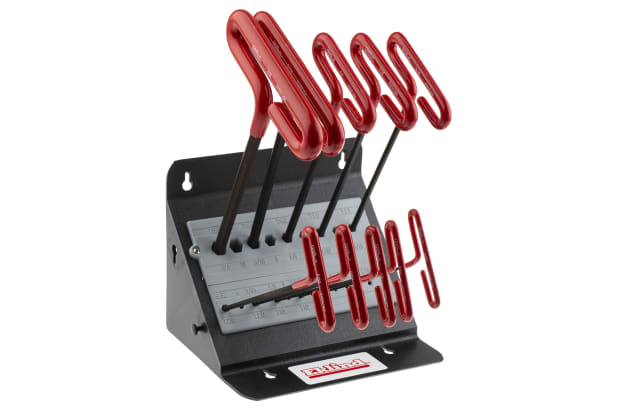
The main issue to be aware of when shopping for Allen keys and hex wrenches, aside from overall manufacturing quality, is to buy the correct size of hex key for the task at hand. Most popular brands and reliable suppliers will be able to provide you with a hex key sizing chart, either included on the product packaging or at the point of sale.
While these manufacturer specifications should always be your first port of call when choosing a hex wrench product for a particular job, there is a good degree of standardisation across the full range of available Allen keys and their similar variants from other countries of origin.
For the most part, you’ll be able to rely on near-universal compatibility without too many concerns, as long as you’re using a true ‘hex’ head fastener (i.e. a six-sided recess - as opposed to, say, a square-head bolt) with a hexagonal key or driver.
Of course, the full range of hex bolt sizes you could potentially need to tackle is very broad indeed, and more expensive hex key sets come with more options for ensuring you’ve always got the right sized tool for the job. However, even the most budget Allen key sets will usually incorporate a basic array of options for fitting all the most popular hex head socket sizes - these tend to include some or all of:
Imperial vs metric hex keys
Note, too, that hex keys and Allen wrenches are often sold in both metric and imperial (or SAE) versions, depending on the brand, supplier and origin/purchase location. While the imperial/SAE measurements are less common these days in European countries, you’ll still find them included in some spec lists.
Below you’ll find a handy conversion chart to cover the most common metric and SAE hex key sizes, in case the manufacturer specifications you’re looking at don’t provide one:
Metric (mm) | Imperial (inch) |
|---|---|
2 | 5/64 |
2.5 | 3/32 |
3 | 7/64 |
3.5 | 1/8 |
4 | 5/32 |
5 | 3/16 |
6 | 7/32 |
7 | 1/4 |
8 | 5/16 |
10 | 3/8 |
What is a hex key used for?
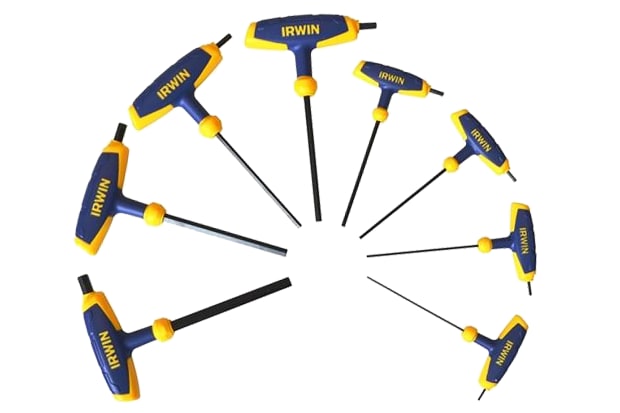
As we’ve already touched on - and as most people would already have been well aware - the short and sweet answer here is that hex keys are just a simple hand tool system for tightening and loosening certain types of bolts and screws. Specifically, they’re intended for use on bolts with a recessed hex drive socket, meaning a hexagonal ‘slot’ in the screw head (or sometimes the shaft, in the case of headless fasteners).
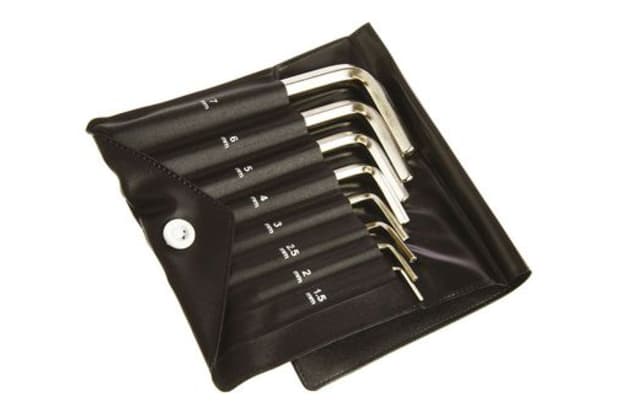
Hex keys have a number of important characteristics that make them particularly well suited to the straightforward, user-friendly fastening role that has made them so popular among operators of all experience levels. These include the fact that hex keys:
- Are simply constructed and fairly robust
- Are cheap to manufacture and buy
- Are uncomplicated to use
- Are lightweight and easy to hold/manipulate, even in relatively tight spaces
- Provide six contact surfaces between the hex key and the hex head bolt, for improved torque and less chance of slipping/stripping
- Are available in a range of lengths and gauges, for gradually increased torque
- Are suitable for use with headless fasteners
- Are typically double-ended, thus offering a ‘spare’ hex driver in case of damage or rounding to one end of the tool
- Can quite easily be reconditioned or renewed by simply trimming off any damaged ends with a suitable cutting disc or grinder, due to the hexagonal profile running the full length of the tool in most cases
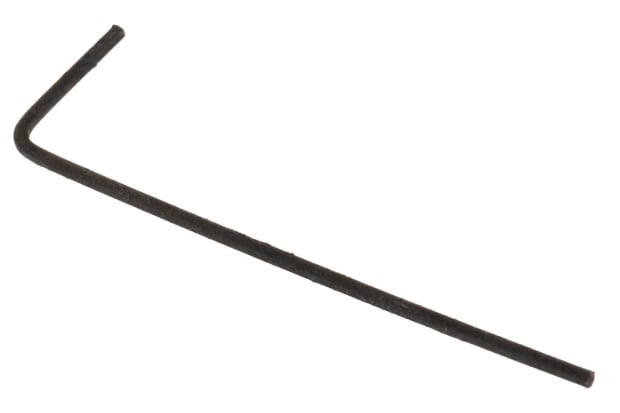
Using them is remarkably simple - you just insert one end of the driver into the recessed hexagonal fastener head, and apply torque at the other end to turn it. Typically, you’d use the shorter of the hex key’s two shanks as the handle, giving the tool a longer reach and increased manoeuvrability in smaller spaces. However, the longer shank can also be used as the ‘handle’ when more torque is required, provided the work area allows enough room to turn a longer-handled tool in.
However, while the basic applications and qualities of Allen key sets don’t vary that much from brand to brand and product to product, there is a bit of potential variety in exactly how to use a hex key properly, depending on which type and format of tool you decide to buy.
In the following section, we’ll look more closely at some of the best value options among the numerous styles of hex wrenches you’ll commonly find on sale, and discuss some of the potential pros and cons of each type.
Are hex and Allen keys the same thing?
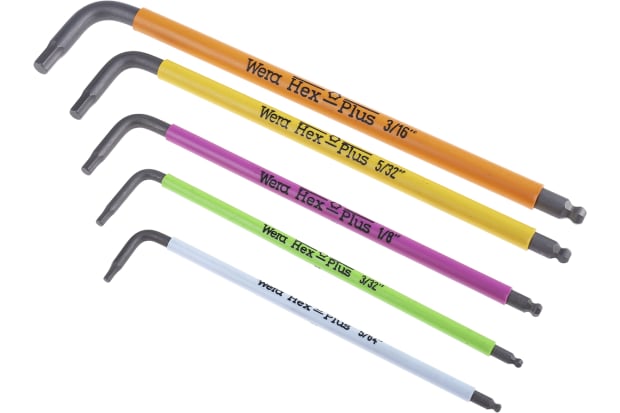
Although there’s always some potential for confusion wherever two different terms are used for the same item, in this case it’s pretty straightforward - to all practical intents and purposes, hex keys/wrenches and Allen keys are indeed essentially the same thing. So why do we even have two widely used names for one very simple type of hand tool?
As you might well have predicted already, the name ‘Allen’ when attached to these basic wrenches is actually a registered trademark, whereas the term ‘hex key’ is the generic version - although in casual use, the distinction between the two has become almost entirely blurred over time. In this regard, it’s very like the uses of terms such as ‘Hoover’ and ‘vacuum cleaner’, or any number of similar examples where a popular registered trademarked name has bled over into common use as a generic label.
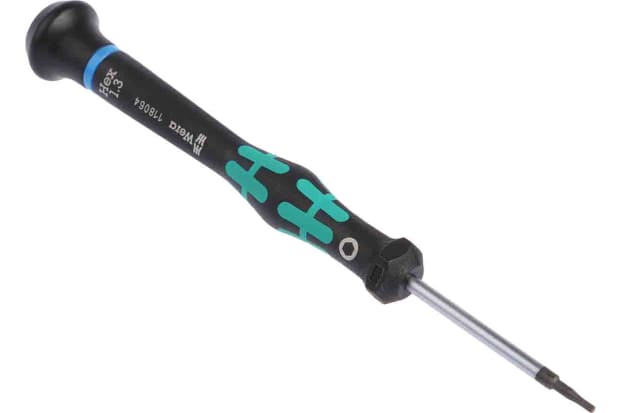
It’s also worth noting that you’ll occasionally find hex wrenches being referred to as ‘hex head’ keys or similar. While most people will know exactly what’s meant by this, there’s some potential for confusion here too: industry standards dictate that the term ‘hex head’ is far more commonly used in reference to driven parts (i.e. screws and other fasteners) than to the driver itself, and thus would seldom be applied to the actual hex key by most professional users.
Who invented hex keys?
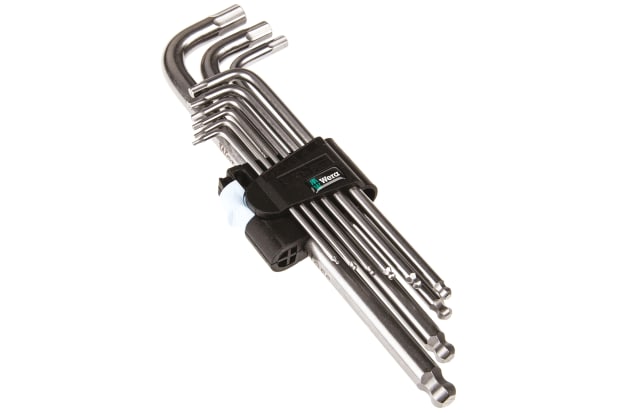
The registered Allen key name originated in the US sometime around 1910, when the the Allen Manufacturing Company based in Connecticut first secured the trademark.
Industrial historians seem to agree that hex socket screw drives were probably conceived rather earlier than this - likely sometime in the mid-to-late 1800s - but that it wasn’t until the early 20th century that hex head fasteners started being produced in any great numbers. Although the race to bring various different drive sockets to the mass market was already well underway by 1900, it was William G. Allen of the titular Allen Manufacturing Company who first managed to patent a method of cold-forming screw heads around a hexagonal die.
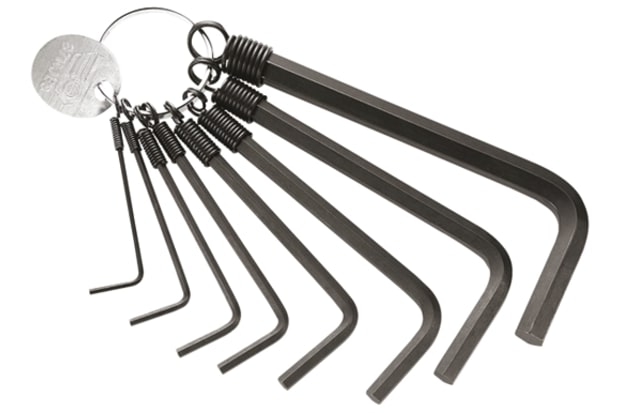
He successfully marketed these new products as ‘safety screws’, due in part to their ability to be machined without protruding heads (a potential source of snagging and subsequent worker injury). As such, they were rapidly adopted by all manner of industrial plants and production lines; at the time, factories around the globe were seeking to modernise and improve on their often patchy safety records under rapidly increasing workloads, and innovations such as headless screws were another small step in the right direction.
However, if the widespread embracing of this new standard spread quickly throughout the industrial world, it wasn’t until the onset of WWII that hex drive screws and wrenches - be they trademarked Allen originals, or any number of similar duplicate designs that popped up around the same time - really began to gain traction on the domestic market.
The unprecedented production and commercial boom that the 1940s and 1950s brought with them saw the reliable and cheap hex key emerge as an increasingly common feature across a broad swathe of consumer products and DIY assembly kits. To this day, the hex socket/hex key combination remains extremely familiar to customers around the globe, and it’s now known by a variety of names depending on which companies were chiefly responsible for popularising the standard on their own domestic markets.
The name ‘Allen’, for example, is widely used in Spain as well as the US, while in Italy you’re more likely to find a hex key being called a ‘brugola’ (after Officine Egidio Brugola), or an ‘INBUS’ in Germany (an acronym derived from the well-known Bauer & Schaurte company).
Related links
- Hex Keys
- Wera 9 piece L Shape Metric Hex Key Set, 1.5 → 10mm
- RS PRO 10 piece L Shape Imperial Hex Key Set, 1/16 → 3/8in
- RS PRO 15 piece L Shape Metric Hex Key Set, 1.27 → 10mm
- RS PRO 5 piece L Shape Metric Hex Key Set, 5mm
- Wiha Tools 7 piece L Shape Metric Hex Key Set, 1.5 → 6mm
- SAM L Shape Metric Hex Key, 12mm
- Wiha 10 piece L Shape Metric Hex Key Set, 1.5 → 10mm
